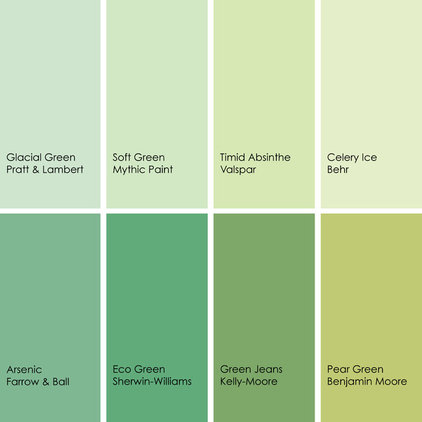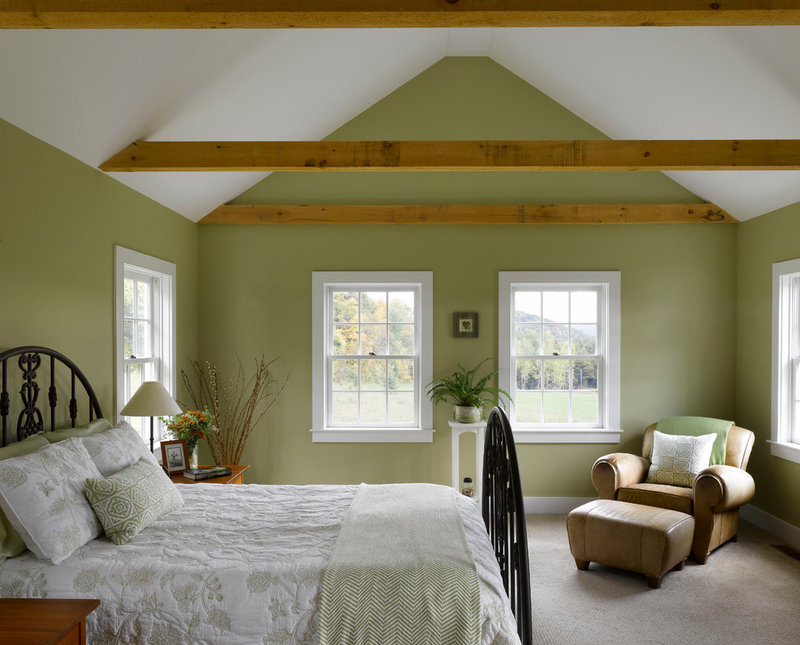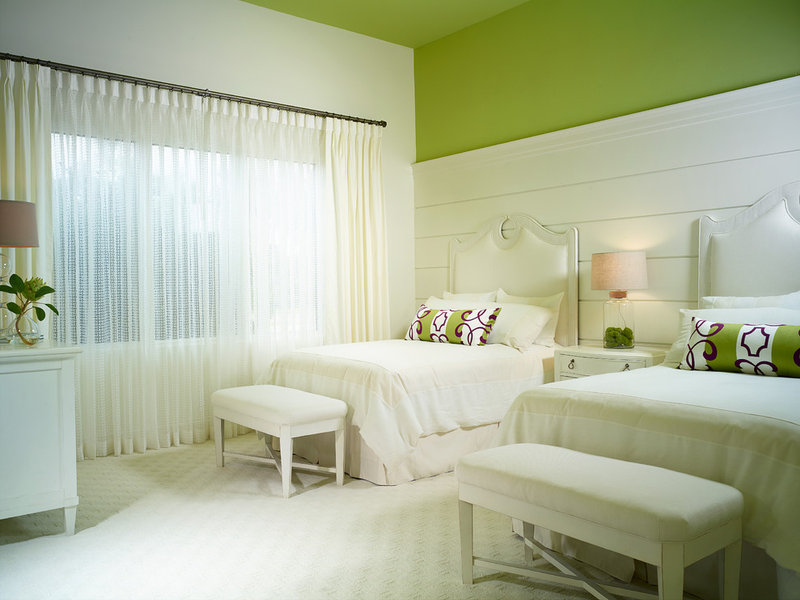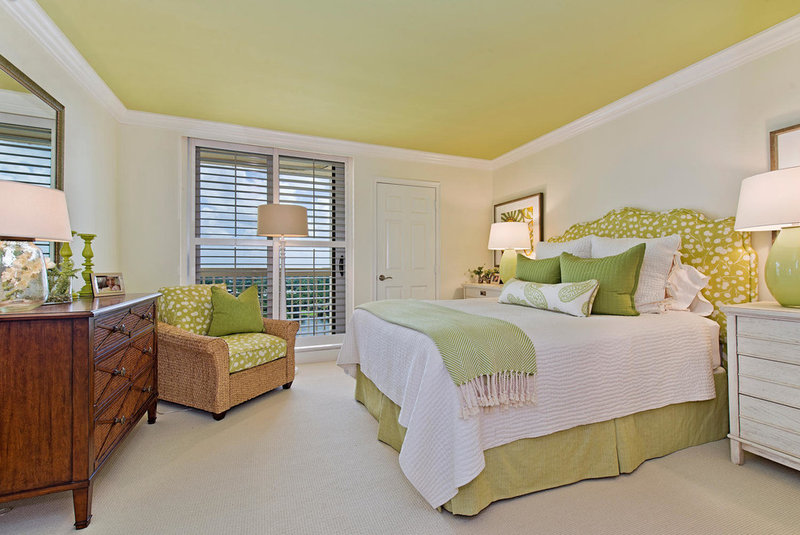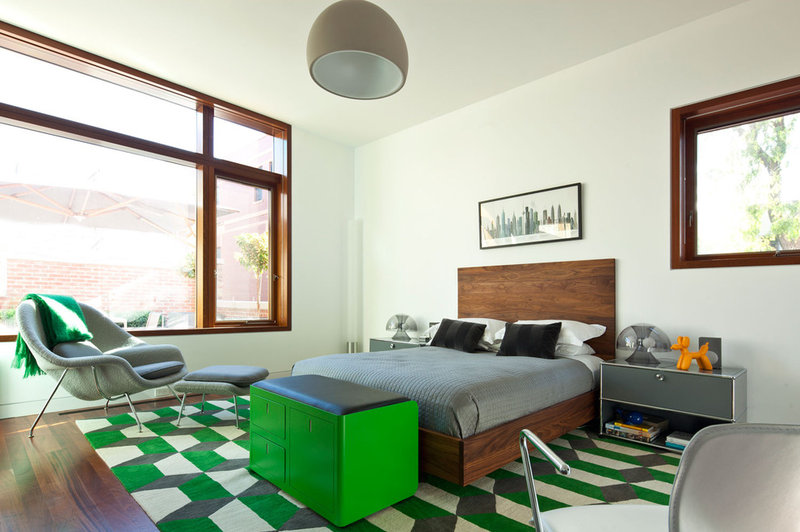This post is part of a monthly series that explores the historical applications of building materials and systems through resources from the Building Technology Heritage Library (BTHL), an online collection of AEC catalogs, brochures, trade publications, and more. The BTHL is a project of the Association for Preservation Technology, an international building preservation organization. Read more about the archive here.
Windows are one of the most expressive and vital features of a building, serving as part of the thermal envelope while affording light transmission, sound control, and natural ventilation. While window designs have long varied in opening size, sash pattern, and shape, they remained largely made from wood until the early 20th century, when steel and aluminum became feasible material options. Around the same time, insulated glass units, curtainwalls, and glass block came onto the scene, taking off in use following World War II. The following 11 brochures, pamphlets, and journals, culled from the BTHL, explore how glazing, windows, and related components evolved from the mid-19th through the mid-20th centuries. To find out more about Affordable Windows you can click here and start renovating your house.
Combined Book of Sash, Doors, Blinds, Mouldings, Paine Lumber Co., 1893: Wood windows and window moldings were commonly available through millwork companies and at lumber yards by the mid-19th century. Window and frame units were among the first building components to be made in a factory rather than built on-site. This catalog, published by Rand McNally and typical of the era, was issued by a number of lumber yards and exemplifies standardization in materials and dimensions of building components like millwork across the country.
Complete Catalog, Roach & Musser Sash and Door Co., 1905: This extensive brochure features double-hung windows with myriad design configurations, including arch-top, bowed, and stained-glass.
United Steel Sash, Trussed Concrete Steel Co., 1912: The use of steel-sash windows like those marketed in this catalog brought ample daylight into factories and warehouses and represent a milestone in window design in the early 20th century.
The Window Women Want, Andrew Hoffman Manufacturing Co., c. 1923: The now-universal practice of marketing windows to homeowners takes a unique direction in this 1920s catalog for steel casement windows. Offset hinges aim to make cleaning their exterior faces easier—a supposed boon to the woman who, as the pamphlet notes, “spends as many hours of her life in the home that she is entitled to all the comforts that can be secured.”
Building Material: Millwork, Lumber, Roofing, Mantels, and Fireplace Furnishings, Sears, Roebuck & Co., 1929: Though touting energy savings is nothing new, even back then, this page from a 1929 Sears, Roebuck & Co. building materials catalog makes a case for installing storm windows to cut one’s coal bill.
Kawneer: Windows, Doors, Architectural Metal Work, Kawneer Co., 1936: Kawneer was one of the first building-product manufacturers to make aluminum windows, such as those shown in the catalog above, starting in the 1930s. Initially, the company produced metal storefronts before expanding its operations into metal windows and curtainwalls in the mid-20th century.
New! French Mosaic Stained Glass, Studios of George L. Payne, c. 1945: Specialty glass products have an important role in the history of windows in residential and commercial construction. This French company used an American distributor to introduce a new type of stained glass—set in reinforced mortar rather than in lead—to the U.S. market, which would find particular use for the product in midcentury churches.
Glass Manual, Pittsburgh Plate Glass Co. (PPG), 1946: This dealer’s manual from PPG begins with a history of glass making and of the company. Because this manual was intended for building-material dealers to sell windows and glazing to architects and builders, it includes technical and performance details for the full range of PPG glass products.
For Brighter Homes: Insulux Glass Block, American Structural Products Co., 1950: Glass block made its debut in the 1930s and quickly found its place in many commercial, industrial, and residential applications. This small catalog shows how it can be used to bring daylight into homes without sacrificing privacy.
Twindow: The World’s Finest Insulating Glass!, PPG, 1958: Insulating glass is an early-20th-century innovation that didn’t enter the mass market until after World War II. Twindow was PPG’s propriety name for its insulated glass product, which in this catalog is being marketed for use in homes to maintain thermal comfort and manage energy costs year-round.
Kirsch Guide to Window Beauty, Kirsch Co., 1961: Window curtains and shades are featured in this catalog from the Kirsch Co., a century-old interior finishes business started in 1907. Kirsch catalogs from the 1920s through the 1960s show the evolution of popular window-blind and curtain styles.
read more…
http://www.architectmagazine.com/technology/products/pulling-back-the-curtain-a-brief-history-of-windows_o







